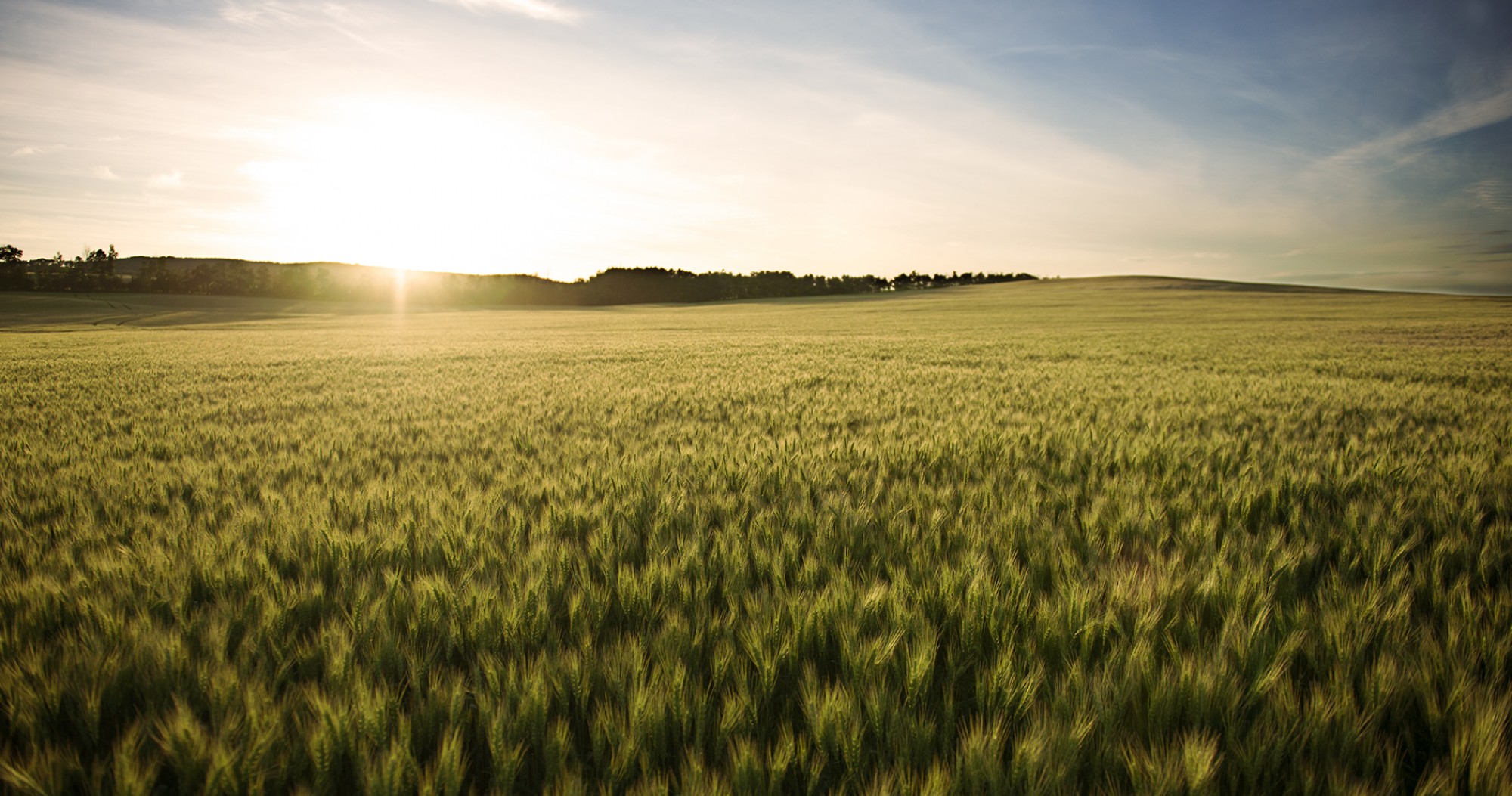Combating Wild Oat resistance with the Resistant Wild Oat Action Committee
The cost of herbicide resistance to farmers is significant. Based on survey information, the perceived cost of herbicide resistant weeds by Alberta farmers is $17 per acre. This value is based on herbicide cost as well as estimated yield and quality losses. If we apply this cost to each acre affected by herbicide resistance, the cost to Alberta producers is $196 million each year.
Herbicide-resistant wild oat (HRWO) is of special concern. The most recent herbicide resistance survey1 indicated that 69 per cent of fields sampled for wild oat have herbicide resistance in the wild oat population. Of that 69 per cent, 62 per cent are resistant to Group 1 herbicides, 34 per cent are resistant to Group 2 herbicides, and 27 per cent are resistant to both Group 1 and Group 2 herbicides. These percentages are drastic increases from the initial herbicide resistance survey in Western Canada that occurred in 2000. At that point, Group 1 HRWO were found in less than 20 per cent of Alberta fields.
If no action is taken, the number of impacted acres will continue to expand.
Wild oat management
Managing wild oat is no simple task. The management approach varies based on practices already in place, the incidence and intensity of wild oat resistance on the farm, and the farm’s production environment among other things.
For those unsure if wild oat resistance is present on their farm, being aware of signs of resistance is vital. Farmers should monitor for lack of wild oat control after herbicide applications. When appropriate control is not achieved and resistance is the suspected cause of poor control, then farmers should submit wild oat seed samples for resistance testing.
If resistance tests are positive, it is recommended to work with an experienced agronomist to ensure a multi-pronged control approach is taken. This may include use of pre- emergent group 3, 8, and 15 herbicides, tillage, diversifying rotations, earlier seeding and higher seeding rates.
Resistant Wild Oat Action Committee
To curb the trend of increasing resistance and provide support for those dealing with resistance on farm, the Resistant Wild Oat Action Committee (RWOAC) was formed. The committee collectively engages scientists, farmers and the agriculture industry with the intention of tackling the growing challenge of HRWO.
The committee is working to develop and extend educational information on management and mitigation of HRWO, increase awareness of HRWO through community-level discussion, identify research gaps and engage in producer discussion to identify potential management solutions.
Through increased producer and agronomist awareness of the growing HRWO problem, the RWOAC is looking to increase the number of weed seed samples being submitted for resistance testing. Like soil testing, testing seed suspected of herbicide resistance is a helpful management tool. The information from a resistance test will assist in making on-farm management decisions to reduce the spread and impact of HRWO.
The RWOAC has developed numerous infographics including information on resistance testing, how to reduce HRWO seed spread, scouting tactics, herbicide management and more. Developed with the guidance of Western Canada’s lead weed scientists, the infographics are a valuable resource for both agronomists and farmers. The infographics can be found at weedscience.ca/wild-oat-action-committee/. Keep up with RWOAC’s extension information on Twitter at @RWildOat.
One of the strongest tools in a farmer’s toolbox is knowledge. The RWOAC is a great source of knowledge for strengthening the resistance management toolbox.
References
1 Beckie, H.J., Shirriff, S.W., Leeson, J.Y., Hall, L.M., Harker, K.N., Dokken-Bouchard, F., and Brenzil, C.A. 2020. Herbicide-resistant weeds in the Canadian prairies: 2012 to 2017. Weed Technology. 34(3): 461-474. DOI:

